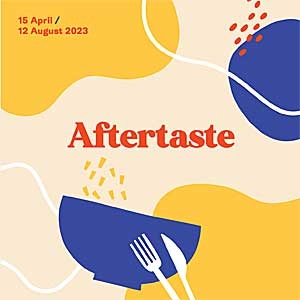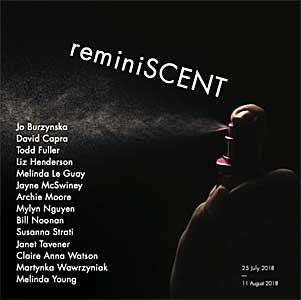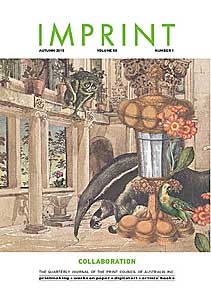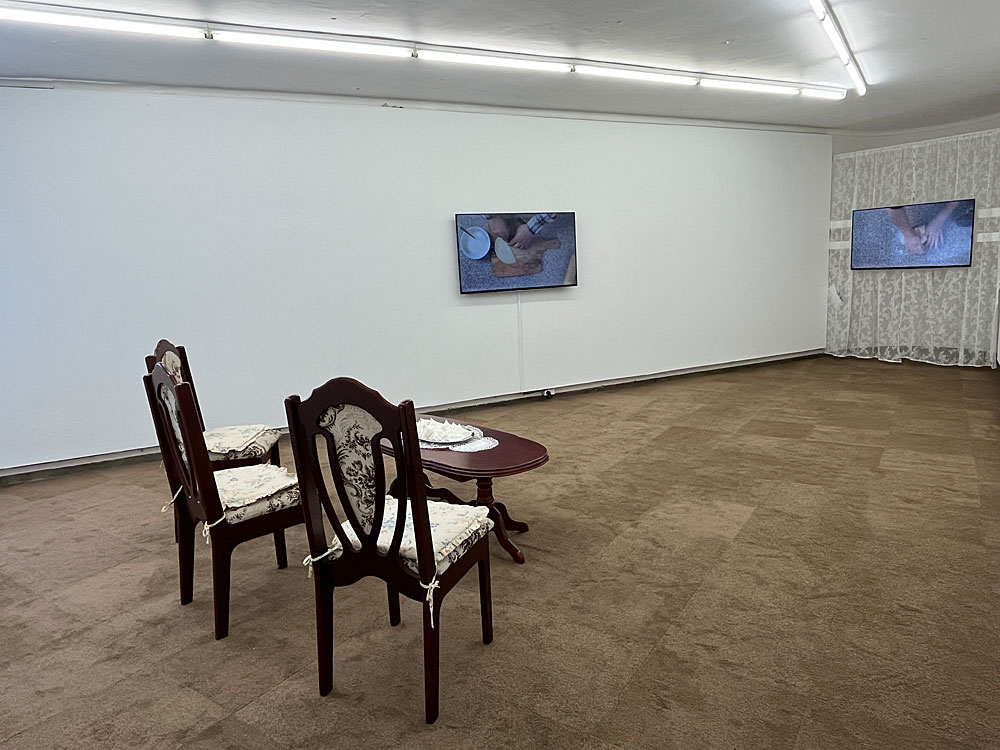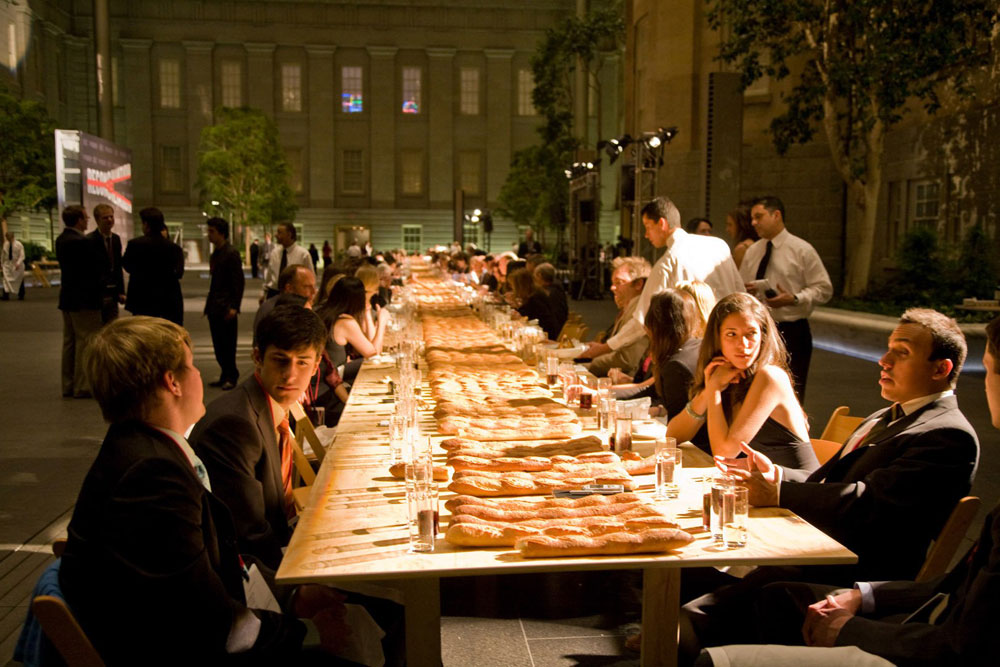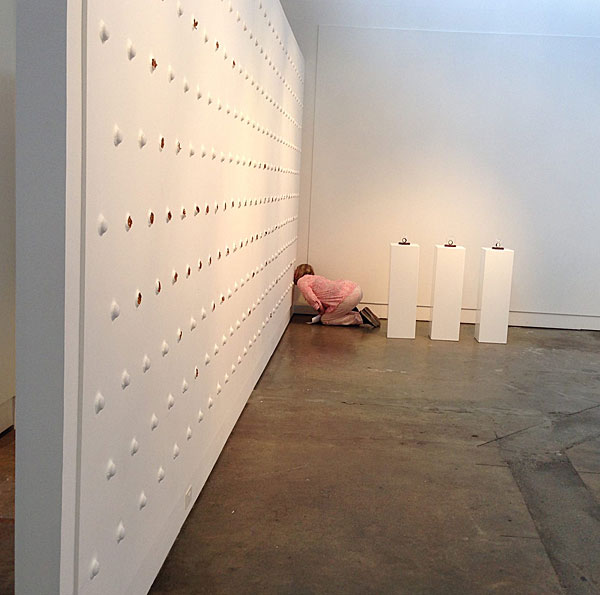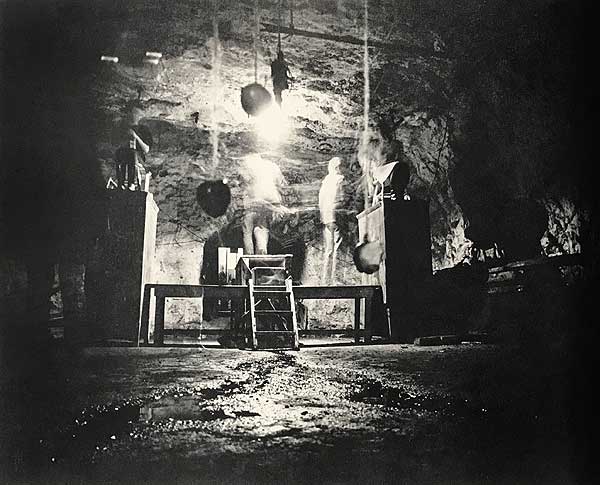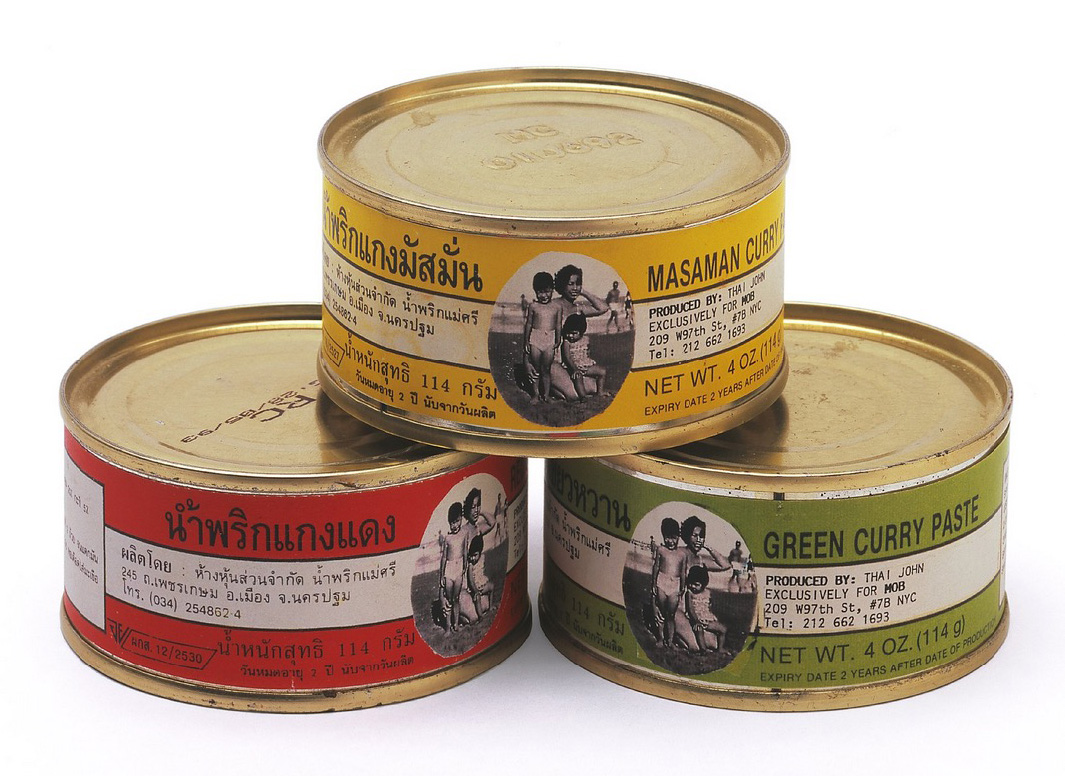Doctor of Philosophy (Art Theory), School of Art & Design, University of New South Wales, Sydney, NSW, Australia; 2014-2021.
Gastronomic Body: Sensory and sociocultural dimensions of food art
ABSTRACT: This study addresses modern and contemporary food art practices that incorporate edible materials into art. Such art emerged in the early 20th century when artists began using edible materials in work designed to be touched, tasted, or smelled by audiences. By constructing these experiential encounters, food art activates bodily responses of a perceiving subject. My project proposes a theoretical framework called the ‘gastronomic body’ to address and analyse the subjective, bodily involvement of food art audiences where their bodies become perceptual sites for interpretation and introspection. I argue that social and cultural environments inform and direct audience perceptions of gustatory art.
In this thesis, I build on existing food art literature by investigating how bodily memory links to culturally formed habits, dining rituals, and customs activated by food art. The experience of eating food, and by extension food art, is multidimensional: past experience can influence or shape a subject’s perception. Referencing key examples of food art, I trace a lineage of art that employs edible materials from the Futurist banquets of the early 20th century to neo-avant-garde practices of the 1960s and 70s. Artists including Alison Knowles, Allan Kaprow, Dieter Roth, Edward Ruscha, and Daniel Spoerri used foodstuffs in various applications from object-based work to participatory, performance, and installation art. I also examine food-based artwork from the 1990s by Felix Gonzalez-Torres and Janine Antoni and more recent examples, including 21st-century edible installations by Elizabeth Willing and Sonja Alhäuser.
This examination of food art shows how the imagined dimensions of sensory experience in Maurice Merleau-Ponty’s phenomenological theory of the ‘virtual body’ link sensory perception and encultured experience. I uncover how sociocultural customs and norms shape bodily responses and sensory feelings from pleasure to displeasure through the lens of Silvan S. Tomkins’s psychological approach to affect theory. The gastronomic body bridges the sensory with the sociocultural to map the spectrum of sensations, memories, and gestures activated through the embodied experience of food art, connecting past and present, body and mind, self and others.
CHAPTER BREAKDOWN:
Ch 1: Introduction: The Gastronomic Body
Ch 2: Setting the Table: Food Art in the 20th Century (1920-1970)
Ch 3: Tasting the Past, Sensing the Future: Phenomenological Dimensions of Food Art
Ch 4: Sweetness: Pleasurable Affects and the Social Bond
Ch 5: From Delight to Disgust: Affective Economies of Food Art
Ch 6: Conclusion: Lingering Sensations of the Gastronomic Body
ARTISTS: Sonja Alhäuser, Janine Antoni, Wim Delvoye, Felix Gonzalez-Torres, Doug Hammett, Dick Higgins, Alison Knowles, Allan Kaprow, Filippo Tommaso Marinetti, Paul McCarthy, Ana Prvački, Hannah Raisin, Thomas Rentmeister, Dieter Roth, Edward Ruscha, Daniel Spoerri, Rirkrit Tiravanija, Janet Tavener, Sissel Tolaas, Martynka Wawrzyniak, Elizabeth Willing.
KEY WORDS: Food art, modern and contemporary art, disgust, abject art, olfactory art, sensory studies, multisensory art, participatory art, phenomenology, affect theory, sense memory.
SUPERVISORS: Dr. Toni Ross (2014-2020), Dr. David Eastwood (2020-2021), Dr. Lindsay Kelley (2020-2021).
LIBRARY DEPOSIT: http://handle.unsw.edu.au/1959.4/71157
Research supported through an Australian Government Research Training Program (RTP) Scholarship.
RELATED OUTPUTS:

